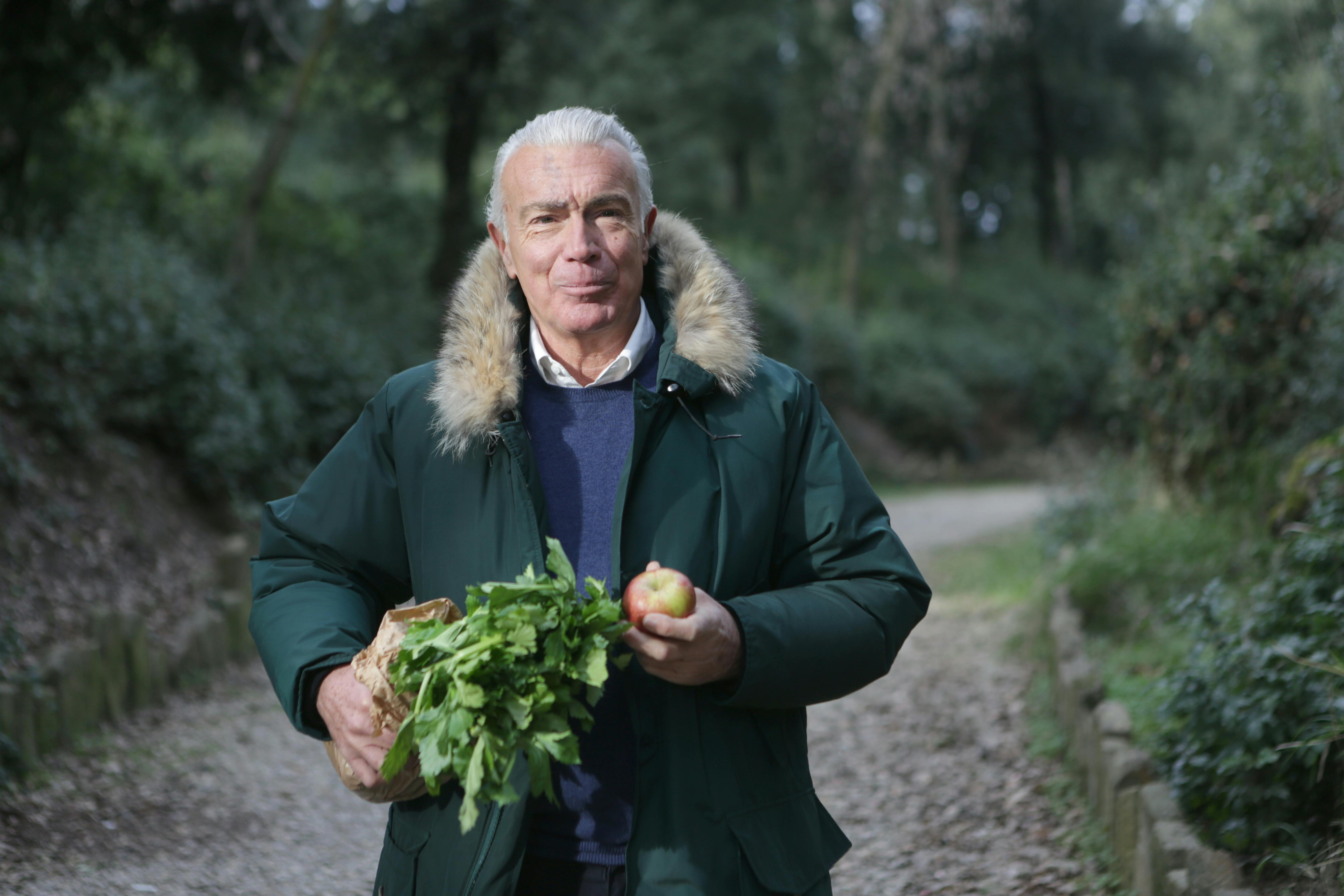Moving strawberry plants can seem like a daunting task, but with the right preparation and knowledge, it can be done easily and safely! This guide will provide you with all the information you need to know about how to move strawberry plants. From choosing the right soil, to packing the plants for transport, this guide will have you moving your strawberry plants in no time. Learn how to safely prepare, pack and transport your strawberry plants to ensure their safe arrival at their new home.Strawberry plants are small herbaceous plants that produce edible berries. They are members of the Fragaria genus, and their scientific name is Fragaria x ananassa. Strawberry plants typically have bright green leaves, white flowers, and red fruits. The fruits are an important source of nutrition and can be eaten fresh or used in various culinary dishes.
Where Should You Plant Strawberry Plants?
Strawberry plants are a popular choice for home gardens, and they’re relatively easy to grow. Whether you’re starting from seed or planting store-bought plants, the first step is determining where to plant them. The key is to choose a spot with plenty of sun and good drainage.
Strawberries need full sun, so choose an area that gets at least 6 to 8 hours of direct sunlight each day. If your garden doesn’t get that much sunlight, you can also grow strawberries in containers or planters and move them around as needed to get adequate sunlight.
When it comes to soil, the best choice is well-draining soil with a pH between 5.5 and 7.0 — most soils tend to fall in this range, so it’s not usually necessary to test your soil before planting. Strawberries also need sufficient moisture, so consider planting them near a water source like a hose or rain barrel for easy irrigation.
It’s important to keep your strawberry plants at least 18 inches away from other types of plants; if you’re growing multiple varieties of strawberries in the same area, make sure they’re separated by at least 2 feet. This will help keep diseases from spreading between plants and ensure that each plant has enough air circulation around it.
Finally, if you plan on harvesting your strawberries every day, make sure the bed is located close enough to the house that you don’t have too far of a walk each time — after all, nothing beats freshly-picked strawberries!
Preparing the Soil for Planting
Preparing the soil for planting is an important step in gardening. Proper soil preparation helps ensure that plants receive all the nutrients they need to grow and thrive. Soil can be improved by adding organic matter like compost, aged manure or peat moss to it. This will help improve drainage, aeration, and nutrient availability in the soil. It also helps to suppress weed growth and provides essential nutrients for plant growth.
In order to get the most out of your soil, it should be tested first so you know what kind of amendments you may need to apply. The pH level of the soil is very important as it determines which plants will thrive in your garden. If your soil is too acidic, you may need to add lime or wood ashes to raise its pH levels. If your soil is too alkaline, adding sulfur can lower its pH levels.
To further improve your soil, tilling or digging helps aerate it and break up any compacted areas which can help with drainage and air circulation around plant roots. Adding layers of mulch not only helps retain moisture but also helps prevent weed growth and keep the temperature of the soil more even throughout the year. Finally applying a slow-release fertilizer at planting time can provide essential nutrients for healthy plant growth without having to worry about reapplying fertilizer throughout the season.
By following these steps you can make sure that your garden has healthy soils to support a successful growing season!
Choosing the Right Plant
When choosing strawberry plants, the first step is to select a variety that will work well in your climate. Look for a variety that is adapted to your region and will produce good yields. Consider how much space you have available and how much fruit you want to produce. Also, check the ripening time of the variety so you know when to expect a harvest.
Preparing the Soil
Before planting, the soil should be amended with compost or other organic matter to ensure good drainage and fertility. Soil pH should be tested and adjusted if necessary so that it falls between 6 and 7 for optimal growth. If your soil is very sandy or clay-like, consider using raised beds or containers for planting your strawberry plants.
Planting
Strawberry plants are typically planted in early spring after any danger of frost has passed. Planting depth should be such that the crown of the plant (where the leaves emerge) sits just above soil level and the roots are covered by a thin layer of soil. Space plants 12-18 inches apart in rows about 3 feet apart, making sure each plant receives plenty of sun.
Watering & Fertilizing
Strawberry plants need regular watering during their growing season as well as occasional fertilization with an all-purpose fertilizer or one specifically formulated for strawberries. Water deeply once a week during dry spells and more often during hot weather. Avoid over-fertilizing as this can lead to problems such as crown rot and powdery mildew.
Mulching & Weeding
Mulching around strawberry plants helps conserve moisture, prevent weeds from growing, and also helps protect against diseases such as botrytis blight. Use straw, hay, grass clippings or other organic material to create a 2-3 inch layer around each plant. Keep weeds under control by regularly hoeing or hand weeding around plants.
Harvesting & Storage
Strawberries are ready for harvest when they are firm and fully ripe (usually within 4-6 weeks after blooming). Harvest daily for best results and store immediately in the refrigerator until ready to use. For longer storage, freeze whole berries without washing them first; this will help preserve their flavor and texture.
When to Move Your Strawberry Plants
Moving strawberry plants is best done in the early spring or late fall. This gives the strawberry plant time to become established in its new location before summer arrives. When moving the plants, try to keep as much of the root ball intact as possible. If you are transplanting purchased strawberry plants, make sure they have been hardened off before moving them outdoors.
When planting transplanted or purchased strawberry plants, be sure to water them thoroughly after planting and every few days until they become established. Make sure that the soil is kept moist but not soggy. If you plan on growing the strawberries in a container, use a mixture that drains well and contains a generous amount of compost or other organic matter for nutrients.
It’s also important to give your strawberry plants enough space between each plant. Depending on the variety, you should give each plant at least six inches of space between them so that their roots can spread out and take up nutrients from the soil. Staggering rows is also recommended so that there is plenty of air circulation among each of the plants, which helps prevent disease and pests from attacking them.
Once your strawberry plants have been moved and planted in their new home, keep watch for signs of pests or disease on your plants. Monitor water levels for any signs of over-watering or under-watering, and apply fertilizer according to instructions on the package or as recommended by your local gardening center. With proper care, your new strawberry plants should thrive in their new location!

Collecting the Necessary Supplies for Moving Your Strawberry Plants
Moving your strawberry plants requires some preparation and the right supplies. Before you start, you’ll need to gather a few materials to make sure that the move goes as smoothly as possible. Here are some of the supplies you’ll need to collect before you start moving your strawberry plants.
First, you’ll need pots or trays for each of the plants that you’re moving. Make sure that the pots are large enough to accommodate the roots of your strawberry plants, and make sure they have drainage holes in the bottom for excess water. You’ll also need a good quality potting soil to fill the pots with, and some compost if desired.
Next, you’ll need gloves and tools for handling and transplanting your strawberry plants. A trowel or shovel will be helpful for digging up the strawberries from their current location, while garden scissors or pruning shears can be used to trim any excess foliage or roots before replanting them in their new home. Make sure to wear gloves when handling any sharp tools!
Finally, if you’re moving your strawberry plants any significant distance away from their current location, it’s a good idea to bring along something to cover them up with during transport. A tarp or sheet can be used for this purpose, as it will help protect them from any wind or rain during travel.
By gathering all of these supplies ahead of time, you’ll ensure that your move goes as smoothly as possible and that your strawberry plants stay healthy throughout the process!
Digging Up and Transplanting the Strawberry Plants
Digging up and transplanting strawberry plants is an easy process that can be done at any time during the growing season. In most cases, it is best to wait until the plants are dormant or have finished fruiting in order to reduce stress on the plants. When transplanting strawberry plants, it is important to dig them up carefully so as not to damage the roots. Once the plant has been dug up, it is important to trim off any dead or damaged leaves and stems before transplanting. It is also important to ensure that there is sufficient soil around the roots of the plant when planting. Once planted, water thoroughly and mulch around the plants to help retain moisture and reduce weeds. With a bit of care and attention, transplanted strawberry plants can thrive in their new location.
Watering and Caring for Transplanted Strawberry Plants
Transplanting strawberries is a great way to produce more fruit in a smaller space. However, it’s important to take the proper steps to ensure that your transplanted plants are well-cared for and get the nutrients they need. Proper watering and care can help your strawberries thrive and produce a bountiful harvest.
When first transplanting your strawberries, it’s important to water them thoroughly and regularly. The soil should be kept moist but not soggy, as too much water can damage the roots of the plant. A good rule of thumb is to water about twice a week, making sure to soak the soil until it’s damp but not soaked. If you live in an area with hot weather, you may need to water more frequently.
Once established, your strawberry plants will need less frequent watering. Generally speaking, they should only require watering once a week or so during the growing season. It’s important to make sure that your plants are getting enough water, but not too much – if the soil is waterlogged or soggy, you should reduce the amount of water you’re giving them.
In addition to regular watering, your transplanted strawberry plants will benefit from other forms of care throughout their growing season. Fertilizing every few weeks can help promote healthy growth and larger yields of fruit. Mulching around the base of each plant can help keep weeds away and retain moisture in the soil – straw or grass clippings work well for this purpose. Finally, pruning off any flowers that appear during the first two months after transplanting can help encourage larger yields later on in the season.
With regular watering and proper care, your transplanted strawberry plants should thrive and give you plenty of delicious fruit come harvest time!

Conclusion
Moving strawberry plants is not as difficult as it seems. All you need to do is to prepare the soil, choose the right time of year, and follow the instructions provided. Make sure that you provide plenty of water and fertilizer, and prune your plants regularly to keep them healthy. The hard work will be worth it when you are able to enjoy a bumper crop of delicious strawberries!
By following all these steps, you can make sure that your strawberry plants stay healthy and thrive in their new location. As long as you take the time to prepare properly and move them correctly, your strawberries should be just fine. With a little patience and dedication, you can have a bountiful harvest of delicious strawberries in no time!



